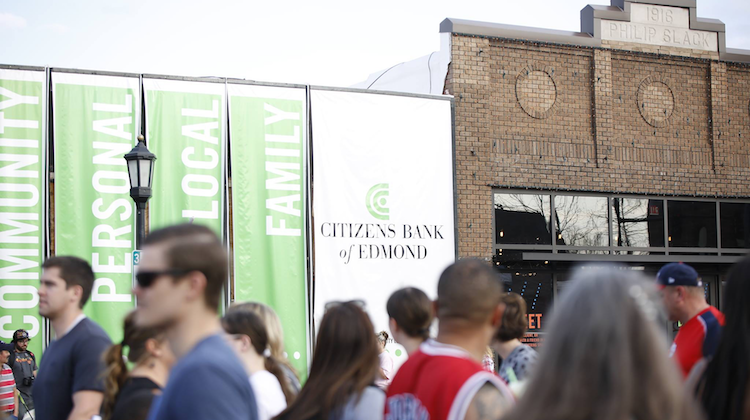The Customer Effect
What a scrappy Oklahoma bank can teach the industry about branch strategy
- Citizens Bank of Edmond, a one-branch bank in Oklahoma, is turning its excess branch and office space into co-working space for business customers and bringing 24/7 cash exchange to them
- Since individual consumers can do so many in-branch functions on their phones or computers, there’s a lot of potential for banks to refocus these spaces on small business customers








